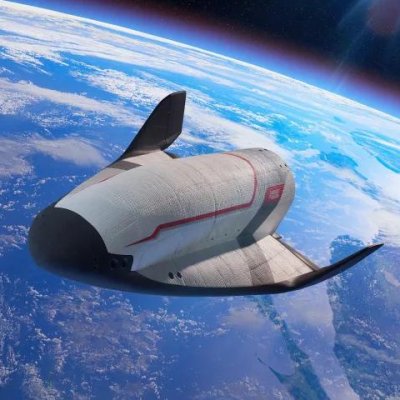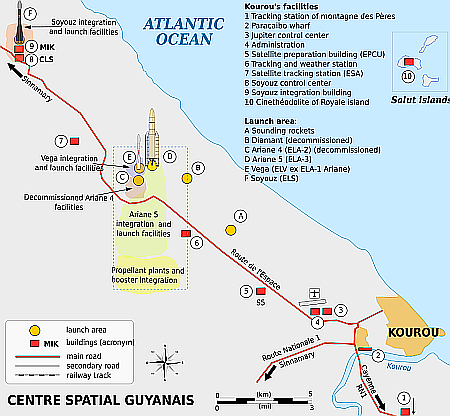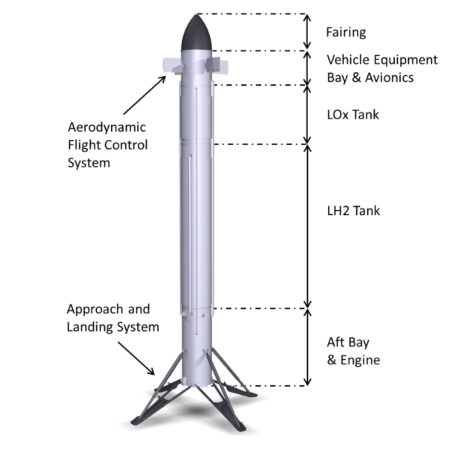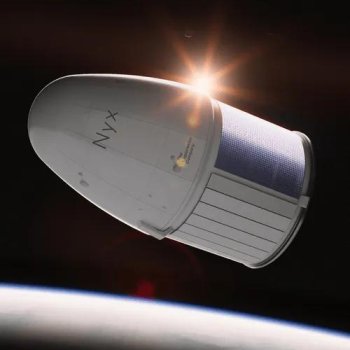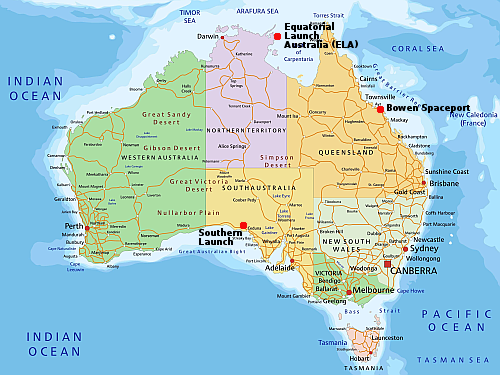France’s president puts forth a new national space policy
Capitalism in space: In a speech yesterday France’s president Emmanuel Macron proposed a new national space policy with increased spending for defense and an increased focus on encouraging France’s private space sector. According to his speech, the strategy has five main goals:
- Maintaining autonomous access to space – ensuring France and Europe retain the independent capability to launch and operate missions without external reliance.
- Reassessing the industrial and commercial model – promoting competitiveness, public–private cooperation, and the growth of dual-use technologies. [emphasis mine]
- Expanding strategic and defence capabilities – reinforcing surveillance, secure communications, and the protection of orbital assets against emerging threats.
- Adopting a more assertive approach to science and exploration – increasing participation in international research missions and developing new exploration technologies.
- Revitalising European space cooperation – through enhanced competitiveness, a “European preference” in procurement, and new models of governance.
The highlighted point is the most important. Macron clearly wants France’s aerospace industry to lead Europe in space, and to do so he is now officially abandoning his country’s long reliance on doing everything cooperatively through the European Space Agency (ESA) and its commercial arm, Arianespace.
This change has been on-going for the past two years, but Macron has now made it official. France will now do what NASA has been doing for the past fifteen years, shift from the government-run model to the capitalism model, where instead of having ESA and Arianespace build and own everything for France, France will buy what it needs from private European companies, with a emphasis on giving those contracts to French companies.
To do this Macron proposed a 30% increase in spending on civilian space projects through 2030, and a 70% increase in France’s defense budget for that same time period.
France has always had the strongest aerospace industry in Europe, but it has been shackled badly by Europe’s desire to do everything in partnership through a government-run agency, just as America’s space industry was shackled by NASA prior to 2010. If Macron follows through with this policy change, expect some great things from France in space in the coming decade.
Capitalism in space: In a speech yesterday France’s president Emmanuel Macron proposed a new national space policy with increased spending for defense and an increased focus on encouraging France’s private space sector. According to his speech, the strategy has five main goals:
- Maintaining autonomous access to space – ensuring France and Europe retain the independent capability to launch and operate missions without external reliance.
- Reassessing the industrial and commercial model – promoting competitiveness, public–private cooperation, and the growth of dual-use technologies. [emphasis mine]
- Expanding strategic and defence capabilities – reinforcing surveillance, secure communications, and the protection of orbital assets against emerging threats.
- Adopting a more assertive approach to science and exploration – increasing participation in international research missions and developing new exploration technologies.
- Revitalising European space cooperation – through enhanced competitiveness, a “European preference” in procurement, and new models of governance.
The highlighted point is the most important. Macron clearly wants France’s aerospace industry to lead Europe in space, and to do so he is now officially abandoning his country’s long reliance on doing everything cooperatively through the European Space Agency (ESA) and its commercial arm, Arianespace.
This change has been on-going for the past two years, but Macron has now made it official. France will now do what NASA has been doing for the past fifteen years, shift from the government-run model to the capitalism model, where instead of having ESA and Arianespace build and own everything for France, France will buy what it needs from private European companies, with a emphasis on giving those contracts to French companies.
To do this Macron proposed a 30% increase in spending on civilian space projects through 2030, and a 70% increase in France’s defense budget for that same time period.
France has always had the strongest aerospace industry in Europe, but it has been shackled badly by Europe’s desire to do everything in partnership through a government-run agency, just as America’s space industry was shackled by NASA prior to 2010. If Macron follows through with this policy change, expect some great things from France in space in the coming decade.

